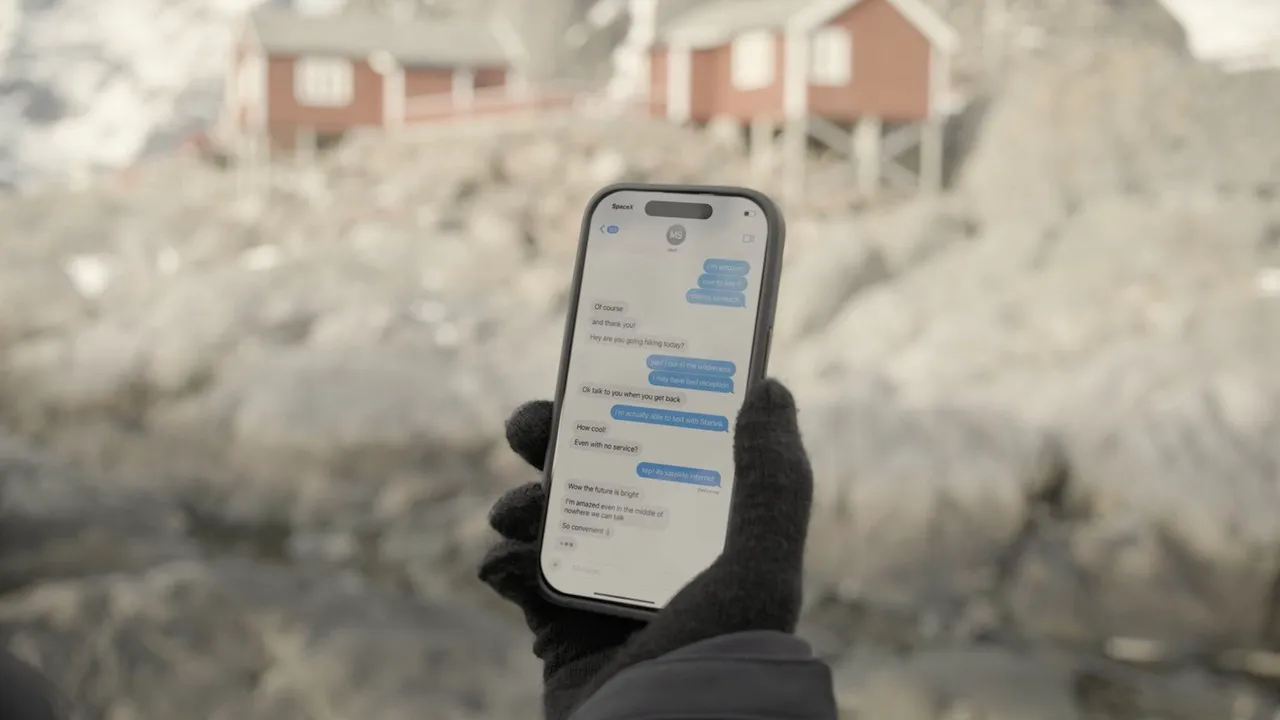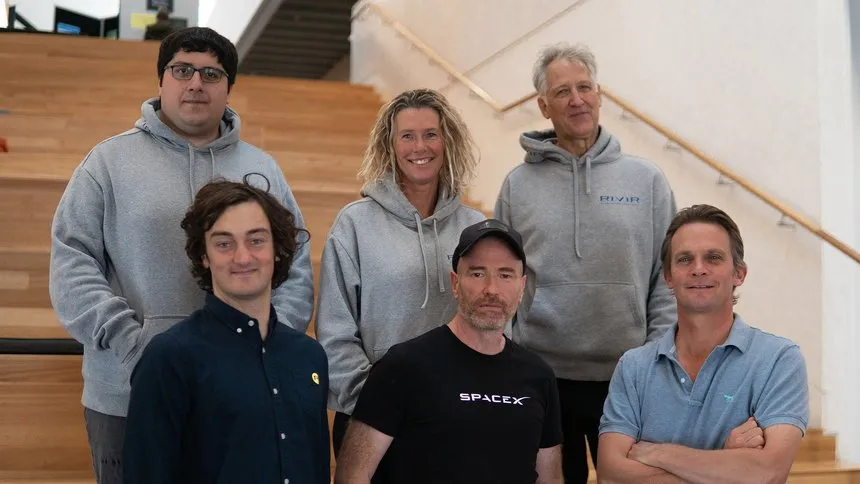Staying local, thinking global
RIVIR’s home base is at Ministry of Awesome, a Christchurch startup accelerator that’s helped the company focus every cent of its investor’s money on product development.
“They’ve provided the support and business essentials so we could focus every dollar on our engineering team. That support has made a huge difference.”
As the company grows, the plan is to establish a team in the U.S., Canada and Australia for business development and customer support, while keeping core engineering in Christchurch.
“We travel frequently to meet potential customers in other countries, but we always bring everything back here to centralise our engineering effort. We have an exceptional engineering team that collaborates very dynamically across disciplines to innovate much faster than larger organisations can.”
Hutton says he wouldn’t want to build RIVIR anywhere else. “The engineering talent here is first class, and we’re building the kind of capability here that’s rare anywhere.”



)
)
)